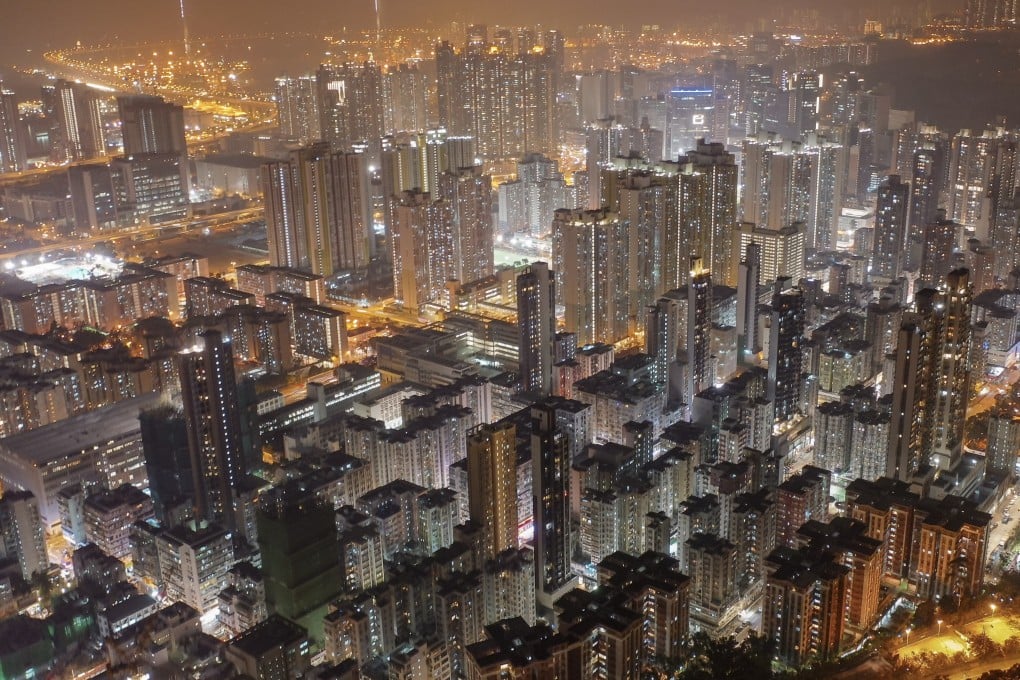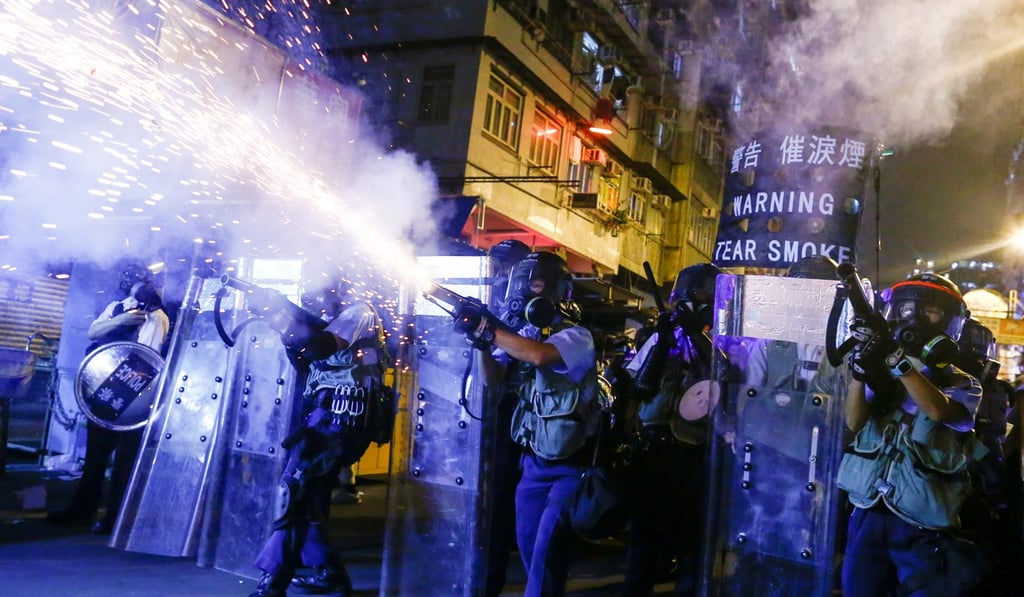Explainer | Beyond laser pointers and tear gas: the history of Sham Shui Po, Hong Kong’s poorest district
- The area has been in the news lately because of the ongoing protests that have rocked the city
- Its name means ‘deep water pier’, but the connection to the sea was lost by the 1970s after redevelopment and land reclamation

Erin Chan Yeuk-hang, 21, a university graduate, has been living in the poorest district in Hong Kong since she was a toddler. Sham Shui Po is well known for its street markets, but just as iconic are its old residential blocks, some of them housing Hong Kong’s notorious subdivided flats.
Among the narrow streets, jam-packed stores and musty computer arcades lie a cornucopia of electronic gems for gadget lovers.
He was arrested on the scene for “possessing offensive weapons”, with the devices, totalling HK$4,200 (US$535) in value, seized.
The incident caused a furore. Laser pointers emitting green and blue beams of light have been widely used in extradition bill protests as the city is mired in a political crisis that has blazed for nearly three months.

Protesters use the laser pointers during demonstrations to confuse or provoke officers and deter others from taking photographs of them that might compromise their identity.
Fong’s arrest did not sit well with protesters and their supporters, leading to crowds surrounding Sham Shui Po Police Station to call for his release, and officers eventually resorting to tear gas to disperse them.
